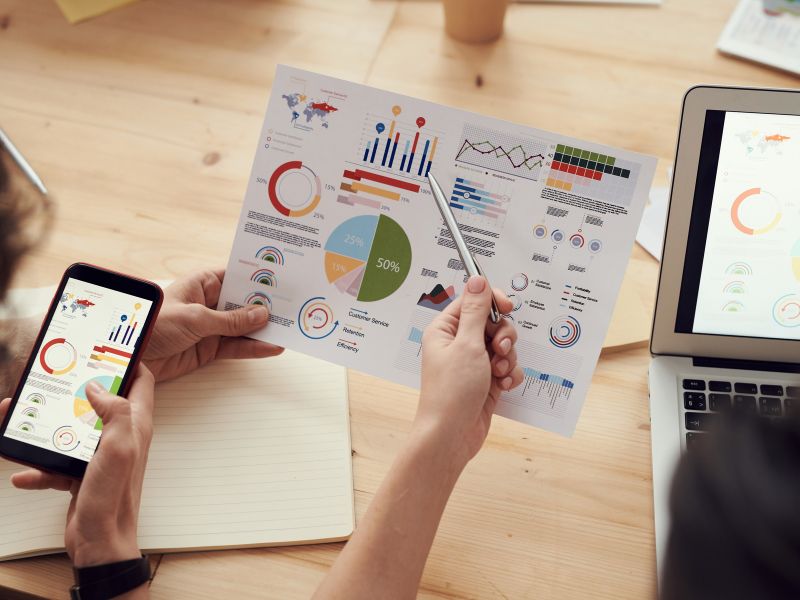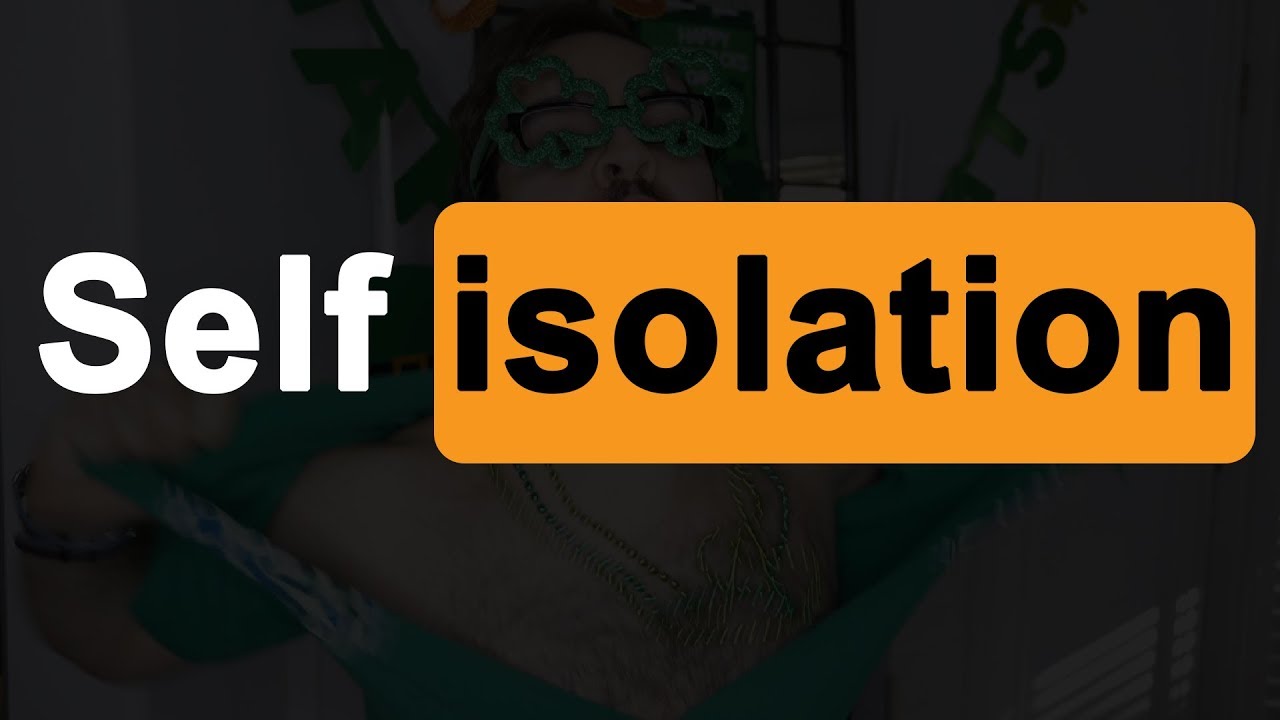


How would you cope with self-isolation?
What would life be like if we were totally isolated, no contact with others plus we didn’t have the constant demands of the digital world to contend with? I think most of us would get a bit stir crazy after a couple of hours but I expect we would all benefit from the peace and quiet and the feelings of relaxation that came with it. Now I’m not stupid enough to advocate both physical and digital isolation for everyone! On the positive side it would really help us unwind and find our balance but I don’t think the government or your boss is going to pay for you to do that! I do however think that self-isolation isn’t as negative as some people suggest it might be.

Adopt a Forward-Thinking Attitude
Each product has its own life cycle. A product will be ‘born’, it will ‘grow’, it will ‘mature’, provide a period of ‘saturation’ and, eventually, it will ‘decline/die’. Some products, like Tip Top, have retained their market position for a long time. Others may have their success undermined by falling market share or by competitors.
The product life cycle shows how sales of a product change over time. There are typically 4-5 stages of the life cycle of a product. Not all products follow these stages precisely and time periods for each stage will vary widely. Growth, for example, may take place over a few months or, as in the case of Tip-Top, over decades.
However, perhaps the most important stage of a product life cycle happens before the birth, namely the research and development (R&D) stage. Here the company designs a product to meet a need in the market. The costs of market research – to identify a gap in the market and of product development to ensure that the product meets the needs of that gap – are called ‘sunk’ or start-up costs.

Brand Protection: Protecting Your Organisation’s Value
Each product has its own life cycle. A product will be ‘born’, it will ‘grow’, it will ‘mature’, provide a period of ‘saturation’ and, eventually, it will ‘decline/die’. Some products, like Tip Top, have retained their market position for a long time. Others may have their success undermined by falling market share or by competitors.
The product life cycle shows how sales of a product change over time. There are typically 4-5 stages of the life cycle of a product. Not all products follow these stages precisely and time periods for each stage will vary widely. Growth, for example, may take place over a few months or, as in the case of Tip-Top, over decades.
However, perhaps the most important stage of a product life cycle happens before the birth, namely the research and development (R&D) stage. Here the company designs a product to meet a need in the market. The costs of market research – to identify a gap in the market and of product development to ensure that the product meets the needs of that gap – are called ‘sunk’ or start-up costs.

Fact or Myth? Should You use Your Credit Card to Fund Your Business?
Each product has its own life cycle. A product will be ‘born’, it will ‘grow’, it will ‘mature’, provide a period of ‘saturation’ and, eventually, it will ‘decline/die’. Some products, like Tip Top, have retained their market position for a long time. Others may have their success undermined by falling market share or by competitors.
The product life cycle shows how sales of a product change over time. There are typically 4-5 stages of the life cycle of a product. Not all products follow these stages precisely and time periods for each stage will vary widely. Growth, for example, may take place over a few months or, as in the case of Tip-Top, over decades.
However, perhaps the most important stage of a product life cycle happens before the birth, namely the research and development (R&D) stage. Here the company designs a product to meet a need in the market. The costs of market research – to identify a gap in the market and of product development to ensure that the product meets the needs of that gap – are called ‘sunk’ or start-up costs.


